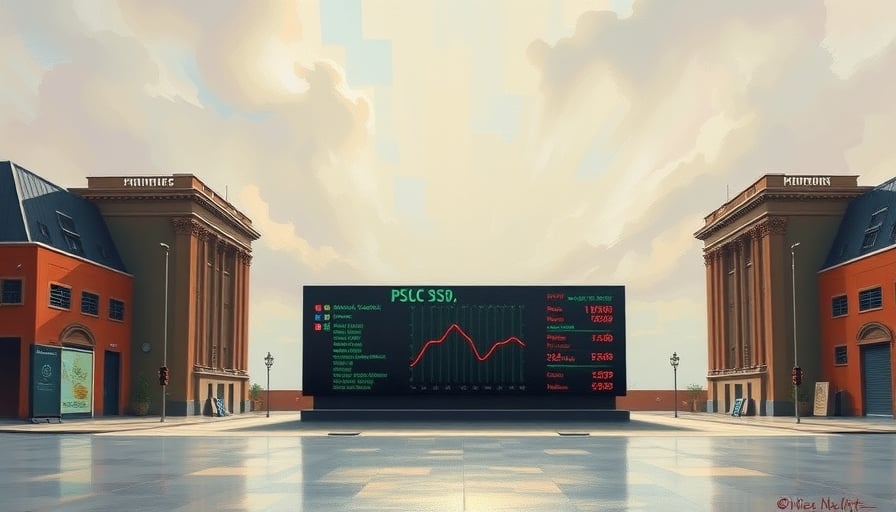LIBRA‑Linked Wallets Execute a Massive Solana Buy‑Back Amid Ongoing Fraud Probe
A series of high‑profile wallet movements linked to the defunct LIBRA meme token have sent shockwaves through the Solana ecosystem. Blockchain analysts have traced a coordinated transfer of $61.5 million in USDC—originating from two dormant wallets—into Solana’s native token (SOL) just as the asset began a sharp rebound from a recent dip below $130. The maneuver, executed by the so‑called “LIBRA Deployer” (address Defcy) and the “LIBRA: Wallet” (address 61yKS), underscores a troubling pattern of capital rotation that persists even as regulatory authorities continue to probe the token’s collapse.
The Anatomy of the Transfer
- Origin of Funds: Two wallets, which had been inactive for months, suddenly injected $61.5 million in USDC into the Solana network. These funds were previously held within a LIBRA Team 1 wallet that had withdrawn liquidity from Solana DEX protocols to acquire wrapped SOL (WSOL) and native SOL.
- Purchase Volume and Pricing: The wallets acquired a combined 456,490 SOL at an average price of $135, a figure that sits comfortably above the prevailing market rate during the dip. One wallet now holds 328,619 SOL, while the other has amassed 127,871 SOL.
- Preceding Liquidity Withdrawal: Prior to the SOL purchases, a separate transaction saw nearly $4 million in liquidity removed from the LIBRA memecoin. This withdrawal coincided with asset freezes and ongoing fraud investigations, suggesting a deliberate attempt to shield assets from regulatory scrutiny.
Regulatory Context and Investor Concerns
The LIBRA token, controversially endorsed by Argentine President Javier Milei, has been the subject of intense scrutiny ever since its launch. Multiple investigations have highlighted irregularities in its tokenomics and the abrupt disappearance of significant liquidity pools. The recent transfer of $61.5 million to SOL—despite active asset freezes—raises stark questions about the integrity of the token’s custodial practices and the effectiveness of current enforcement mechanisms.
- Asset Freezes: Law enforcement has placed temporary holds on several key wallets associated with the LIBRA ecosystem. Yet the rapid reallocation of funds into SOL demonstrates a potential loophole: liquidity can be moved from a frozen account to a new, unmonitored address with minimal delay.
- Fraud Investigation: Authorities have yet to establish a definitive causal link between the SOL purchases and the LIBRA token’s failure. Nonetheless, the sheer magnitude of the transfer—equivalent to more than 10% of the token’s market capitalization—suggests a strategic reallocation of capital to safeguard assets from imminent seizure.
Market Implications
- Solana’s Resilience: The influx of $61.5 million has injected a significant liquidity surge into Solana, supporting a rapid recovery from its recent dip. However, this influx may also inflate the token’s price artificially, creating a bubble that could burst if the underlying market fundamentals do not sustain the newfound demand.
- Investor Sentiment: For retail traders and institutional investors, the transaction serves as a red flag. The rapid movement of funds from a defunct meme token into a major blockchain platform highlights the risk of “whale” activity that can manipulate price dynamics without transparent disclosure.
- Future Surveillance: Regulators may need to tighten monitoring of cross-chain transfers, especially those involving large amounts of stablecoins. The current event underscores the necessity for real‑time transaction tracking to preemptively flag suspicious movements that could undermine market integrity.
Bottom Line
The LIBRA‑linked wallets’ $61.5 million SOL purchase is not a mere market play; it is a stark illustration of how illicit capital can be re‑channeled into ostensibly legitimate assets even under regulatory pressure. As investigators dig deeper into the LIBRA collapse, the crypto community must remain vigilant. The Solana network, while benefiting from the immediate liquidity boost, now carries an additional layer of risk: the possibility that its recent price resurgence is anchored to funds that have already been tainted by regulatory controversy.




